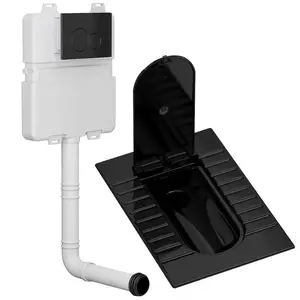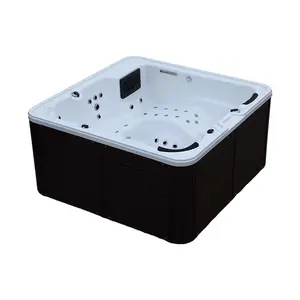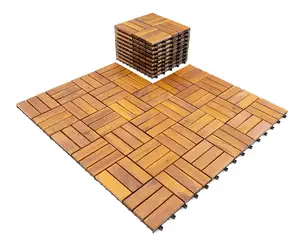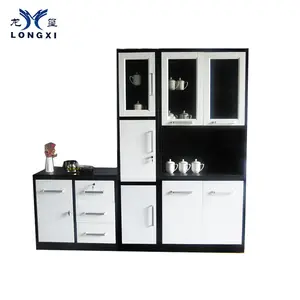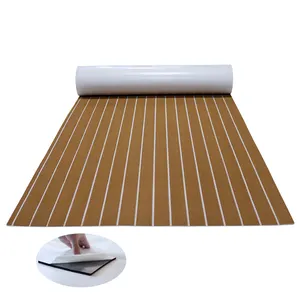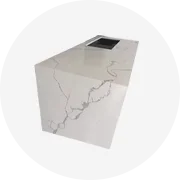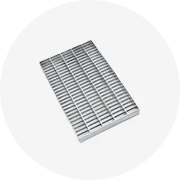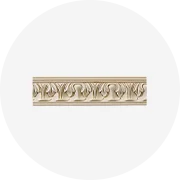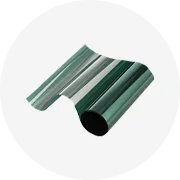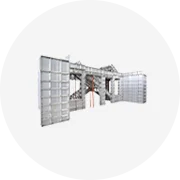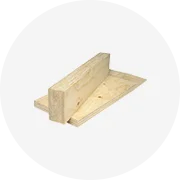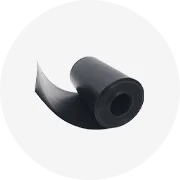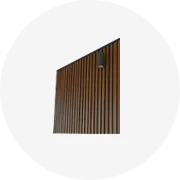Populair in uw branche






50gsm 55gsm 60gsm 70gsm 80gsm 100gsm 120gsm Dubbel Offset Papier Dubbelzijdig Offsetdrukpapier
€ 772,18
Min. bestelling: 5 ton







Goedkope Groothandel Gekleurd Katoenen Papier Voor Het Inpakken Van Kleding/Schoenen Op Maat/Dikteverpakking Tissuepapier Verpakking
€ 0,0093 - € 0,0279
Min. bestelling: 100 stukken







Beste Prijs Vintage Geschenkverpakking Papier Kraft Inpakpapier Voor Cadeau En Accessoires
€ 0,0464
Min. bestelling: 10000 stukken







Oem/Odm Kleurrijk Tissuepapier/Cadeaupapier/Inpakpapier Vellen Papieren Verpakkingsdozen
€ 0,0093 - € 0,0279
Min. bestelling: 5000 stukken







Qiang Qiang Papier Custom A4 Doorschijnend Vellum Calqueerpapier Voor Envelop Verpakking En Kinderen Boek
€ 9,00 - € 9,27
Min. bestelling: 2 zakken
Verzending per stuk: € 12,24






Hete Verkopende Witte Kleurrijke Doorschijnende Heldere Tracering Papier School Vellum Kraftpapier Offsetdruk Industrieel Gebruik Verpakking
€ 0,2318
Min. bestelling: 8000 sheets
Verzending per stuk: € 52,69






Tracing Papier Tekening Kleurrijke Doorschijnend Papier Velijn Papier Voor Cad Tekening
€ 834,29 - € 1.205,08
Min. bestelling: 15 ton






Folie Logo Aangepaste Afdrukken A3 A4 A5 Doorschijnende Tracing Papier Velijn Papier Voor Tekening Naaien Verpakking
€ 0,0093 - € 0,0371
Min. bestelling: 5000 sheets






Lizheng Calqueerpapier Wit Doorschijnend Zwavelzuur Papier Voor Het Maken Van Flash Stempel Traceren Tekening
€ 0,1113 - € 0,1854
Min. bestelling: 1000 rollen
Verzending per stuk: € 1,01






Kleurrijke Translucent Tracing Papier Voor Cad Tekening & Printing
€ 0,4635
Min. bestelling: 3000 zakken






Doorschijnend Wit Tracing Papier 50gsm 60gsm 70gsm Voor Cad Techniek Afdrukken
€ 5,47 - € 27,81
Min. bestelling: 50 rollen
Gerelateerde zoekopdrachten:
goedkoop reams papierdoorschijnend calqueerpapier voor voedselqingdao bayless papiera1 calqueerpapierglitter en glanzend papiervijf sterren pe gecoat papierpruim taart papierpapier a4 reamsparel glans verfrommeld papierpapier a4 5 per reamslaminering regenboogpapierdriehoek papier vlag buntingkrantenpapier voor het verpakken van voedselshrinky dink papierkleur papier a4 reams






50-180G Wit Calqueerpapier Zwavelzuur Papier Doorschijnend Calqueerpapier
€ 2.688,24 - € 2.966,33
Min. bestelling: 1 ton



80G Calqueerpapier Doorschijnend Papier Voor Cad-Tekening En Verpakking Van Digitale Producten
€ 2.641,89 - € 2.688,24
Min. bestelling: 10 ton






Doorschijnende Tracing Papier Roll Voor Ingenieur Cad Tekenpapier
€ 878,78
Min. bestelling: 1 ton
Verzending per stuk: € 18,27






Op Maat Gemaakte Fabrikanten Doorschijnend Bedrukt Transparant Tekenvellen Calqueerpapier
€ 0,0186 - € 0,0649
Min. bestelling: 100 stukken






Gekleurde Vellum Papier Kleuren Transparant Doorschijnend Calqueerpapier Afdrukbare Tekening Inkt Jet Laser Printer
€ 0,4635
Min. bestelling: 5000 stukken






787*1092Mm 113gsm A4 A3 Big Sheet Tracing Tekening Doorschijnend Papier Tracing Papier Voor Cad Tekening
€ 0,4543 - € 0,5099
Min. bestelling: 50 sheets






Mooncake Doos Voering Cad Tekening Translucent Clear Papier Wit Tracing Papier
€ 2.841,19 - € 3.888,68
Min. bestelling: 1 ton






Gekleurde Vellum Papier Kleuren Transparant Doorschijnend Calqueerpapier Afdrukbare Tekening Inkt Jet Laser Printer
€ 0,0927 - € 0,4635
Min. bestelling: 5000 stukken






Vellum Papierrol Wit Sporenpapier Doorschijnend Helder Calqueerpapier Voor Het Tekenen Van Schetsen En Ambachten Van Naaipatronen
€ 0,0557 - € 0,1484
Min. bestelling: 500 sheets
Verzending per stuk: € 1,59






Natuurlijke Gekleurde Tracing Papier 70G Translucent Specialiteit Papier Gecoat Parel Voor Innerlijke Van Doos
€ 0,4635 - € 0,5099
Min. bestelling: 1 sheet






Hete Verkopende Witte Kleurrijke Doorschijnende Heldere Tracering Papier School Vellum Kraftpapier Offsetdruk Industrieel Gebruik Verpakking
€ 0,1391
Min. bestelling: 1000 zakken
Verzending per stuk: € 0,7787






Custom Verijdeld Glanzend Gepersonaliseerde Gedrukt Doorschijnend/Tracing Papier/Logo/Business Verpakking Inpakpapier Tissue Papier Gol
€ 0,0093 - € 0,0371
Min. bestelling: 5000 stukken






A4 A3 Kaarten Cover Wraps Calqueerpapier Afdrukken Papier Dun Doorschijnend Papier Voor Tekenen En Inpakken
€ 0,5192 - € 0,5562
Min. bestelling: 1000 stukken






300 Vellen A4 A3 Printable Witte Doorschijnende Tracing Papier Lichtgewicht Schetsen Papier Transparante Opstellen Lakens Velijn Papier
€ 7,41 - € 10,22
Min. bestelling: 100 stukken






500Pcs Tracing Papier A4 Kunstenaars Witte Doorschijnende Schetsen Papier Kalligrafie Architectuur Transfer Papier
Klaar voor verzending
€ 11,05 - € 12,00
Min. bestelling: 100 zakken
Verzending per stuk: € 5,64






A4 Bedrukbaar Calqueerpapier Wit Doorschijnend Tekenpapier Trekpapier
€ 0,1576 - € 0,1947
Min. bestelling: 3000 zakken




Hot Sales A3 A4 95Gram Doorschijnend Calqueerpapier Voor Patronen Kalligrafie Ambachtelijk Tekenblad Papier Kantoorschrijven Kopiëren
€ 0,2689 - € 0,2781
Min. bestelling: 100 sheets
Verzending per stuk: € 0,7602






50-220gsm Aanpasbaar Zwavelzuur Papier Doorschijnend Calqueerpapier Diy Calqueerpapier
€ 3.244,43 - € 3.522,52
Min. bestelling: 1 ton






Tracing Papier Kleurrijke Doorschijnend Papier Velijn Papier Voor Cad Tekening & Printing
€ 111,24 - € 194,67
Min. bestelling: 25 ton






Custom Printing Bruiloft Uitnodigingskaarten Cover Wraps Envelop Wit Calqueerpapier Doorschijnend Perkament Papier
€ 546,92 - € 594,20
Min. bestelling: 25 ton






Op Maat Gemaakte Kleur 50gsm Doorschijnend Calqueerpapier Gemaakt Van Natuurlijke Houtpulp Voor Digitale Apparaatverpakking
€ 2.966,33 - € 3.198,08
Min. bestelling: 1 ton
Verzending per stuk: € 92,70






A4 A3 Bedrukbaar Wit Doorschijnend Calqueerpapier Lichtgewicht Schetsen Papier Transparant Tekenvellen Perkament Papier
€ 0,0279 - € 0,0927
Min. bestelling: 1000 stukken
Verzending per stuk: € 50,14






Custom Printing A3 A4 A5 Doorschijnend Calqueerpapier Vellum Papier Voor Tekening Naaien Verpakking
€ 2.595,54 - € 2.780,94
Min. bestelling: 1 ton
Verzending per stuk: € 12,06






50 Wit Lichtgewicht Doorschijnend Calqueerpapier Voor Kledinggebruik
€ 648,89 - € 741,59
Min. bestelling: 1 ton






Custom Logo Custom Printing A3 A4 A5 Doorschijnend Calqueerpapier Vellum Papier Voor Tekening Naaien Verpakking
€ 0,0371 - € 0,0464
Min. bestelling: 500 sheets






Velijn Papier 50Sheets 8 Kleuren Doorschijnend Printable Velijn Lakens Tekening Scrapbooking Wedding Uitnodigingskaart Maken Papier
Klaar voor verzending
€ 0,7416 - € 1,67
Min. bestelling: 2 sets
Verzending per stuk: € 3,31






200gsm/220gsm Calqueerpapier Tekening Afdrukbaar 93gsm/100G A4 A3 Vellum Papier Voor Afdrukken Schetsen
€ 0,0093 - € 0,0279
Min. bestelling: 3000 sheets






Fabrikanten 65G-300G Doorschijnend Afdrukken A4 Volledig Transparant Tekenvellen Vellum Papier Calqueerpapier
€ 0,0557
Min. bestelling: 1000 sheets
Topcategorieën
Over doorschijnend calqueerpapier
Alibaba.com levert 560 doorschijnend calqueerpapier-producten. Een brede verscheidenheid aan doorschijnend calqueerpapier-opties zijn voor u beschikbaar, zoals kantoor. Ook kunt u kiezen uit embossing doorschijnend calqueerpapier. En uit waterdicht doorschijnend calqueerpapier. En of doorschijnend calqueerpapier hout , wit of zwart is.
